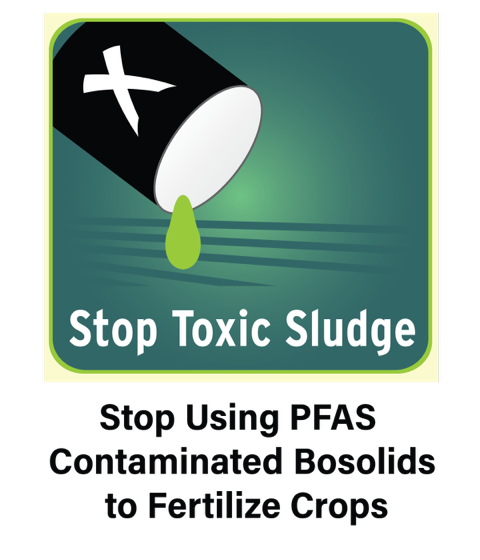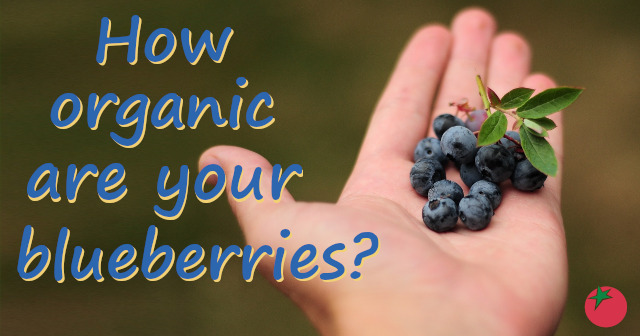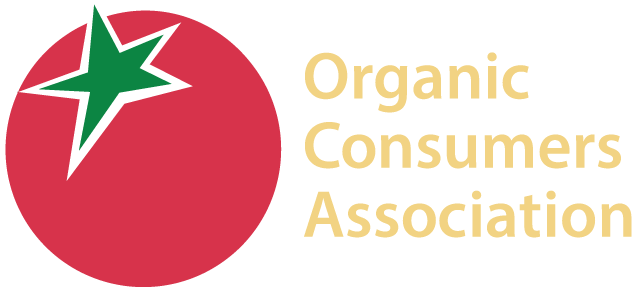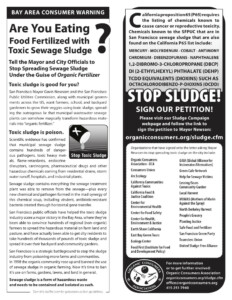Stop Toxic Sludge
Toxic sludge is poison
Sewage sludge: The U.S. Environmental Protection Agency (EPA) euphemistically calls it “biosolids.” But what is it really? And why should you care?
Sewage sludge (sometimes greenwashed as “biosolids”) are the remnants from water treatment processes. Municipal sewage is treated to extract the clean water. The remaining concentrated muck is marketed as a fertilizer treatment, and this toxic stew is sold to farmers who use it to fertilize food crops—a fact most consumers don’t know, because food producers and retailers aren’t required to tell you.
Scientific evidence has confirmed that municipal sewage sludge contains hundreds of dangerous pathogens, “forever chemicals,” toxic heavy metals, flame-retardants, endocrine disruptors, carcinogens, pharmaceutical drugs and other hazardous chemicals coming from residential drains, storm water runoff, hospitals, and industrial plants.

Most Recent Headlines:
Featured Videos:
Is Your Compost Made of Sewage Sludge?
Emerging Contaminants in the Ambient Environment
Organic Bytes Newsletter
Read Current Issue — April 25, 2024
Newsletter #848: How Are Your Organic Blueberries Grown?

In This Issue:
- Are Your Blueberries REAL Organic?
- Growing Organic Blueberries Right
- How To Eat 30 Plants a Week To Boost Gut Health
- Small-Scale Farmers Can Harness Regenerative Agriculture to Lead the Way to a Food-Secure Future
- Ronnie
- What’s Safe To Eat? Here Is the Pesticide Risk Level for Each Fruit and Vegetable
- Plenty of Food for Everyone
- Roundup Weedkiller in Organic?
- What Lives in Your Gut?
- Free Speech 4 Health
- Other Essential Reading and Videos for the Week
Video Library
Emerging Contaminants in the Ambient Environment
Is Your Compost Made of Sewage Sludge?
BioCycle Sludge Not Good for You
Anna Werner Investigates: Organic Compost or Toxic Sludge?
Simon Perez: “Organic” compost made from toxic sludge?

